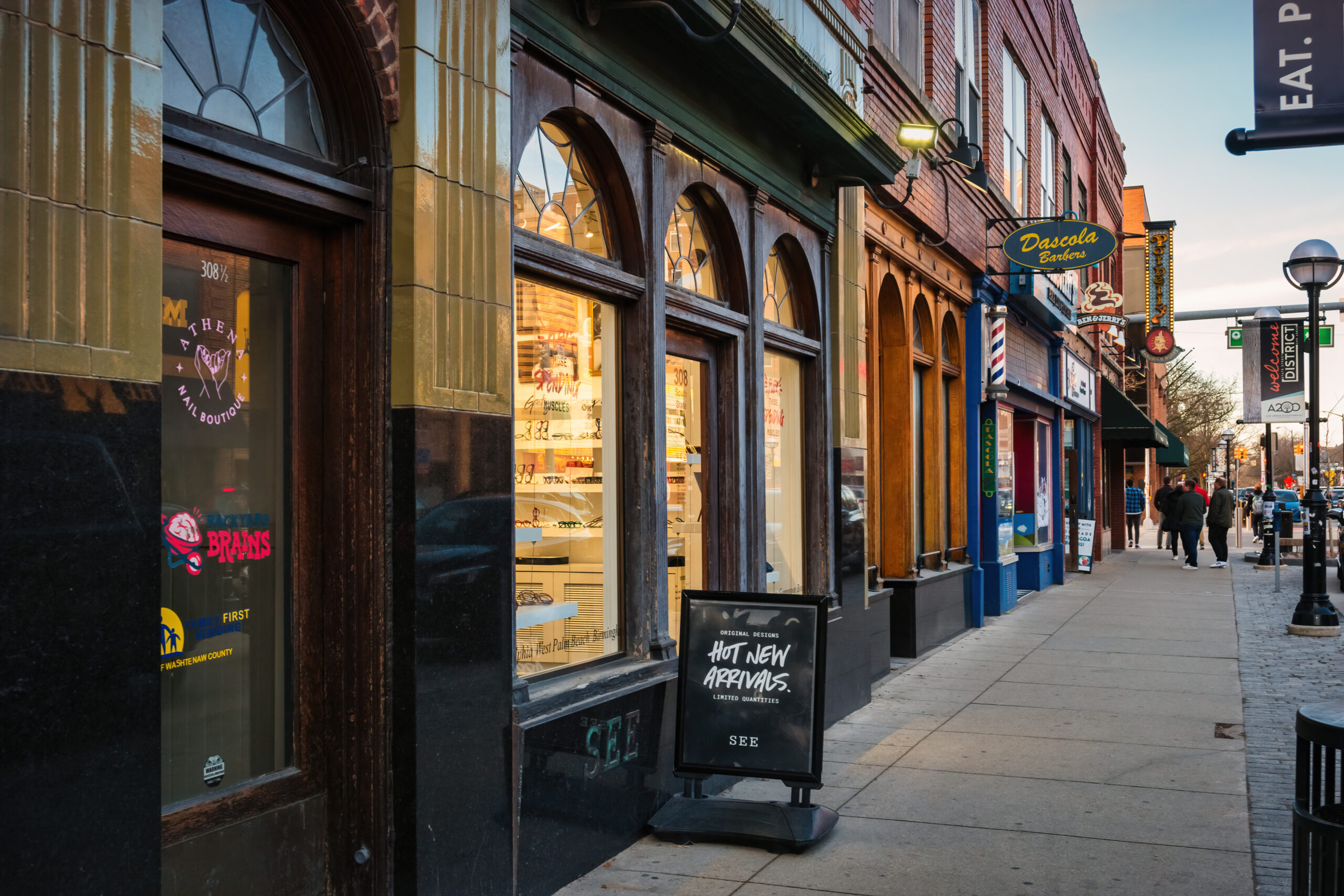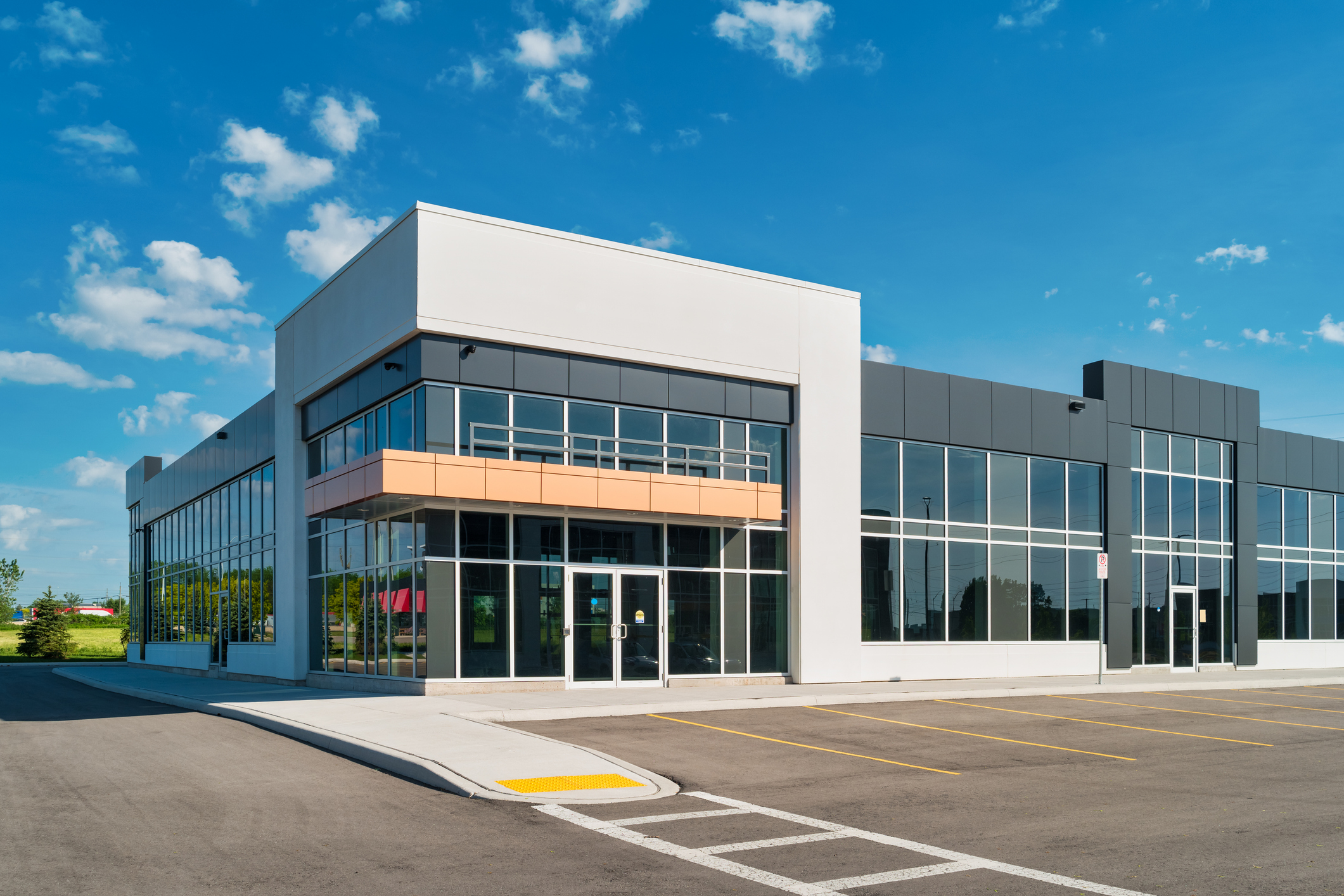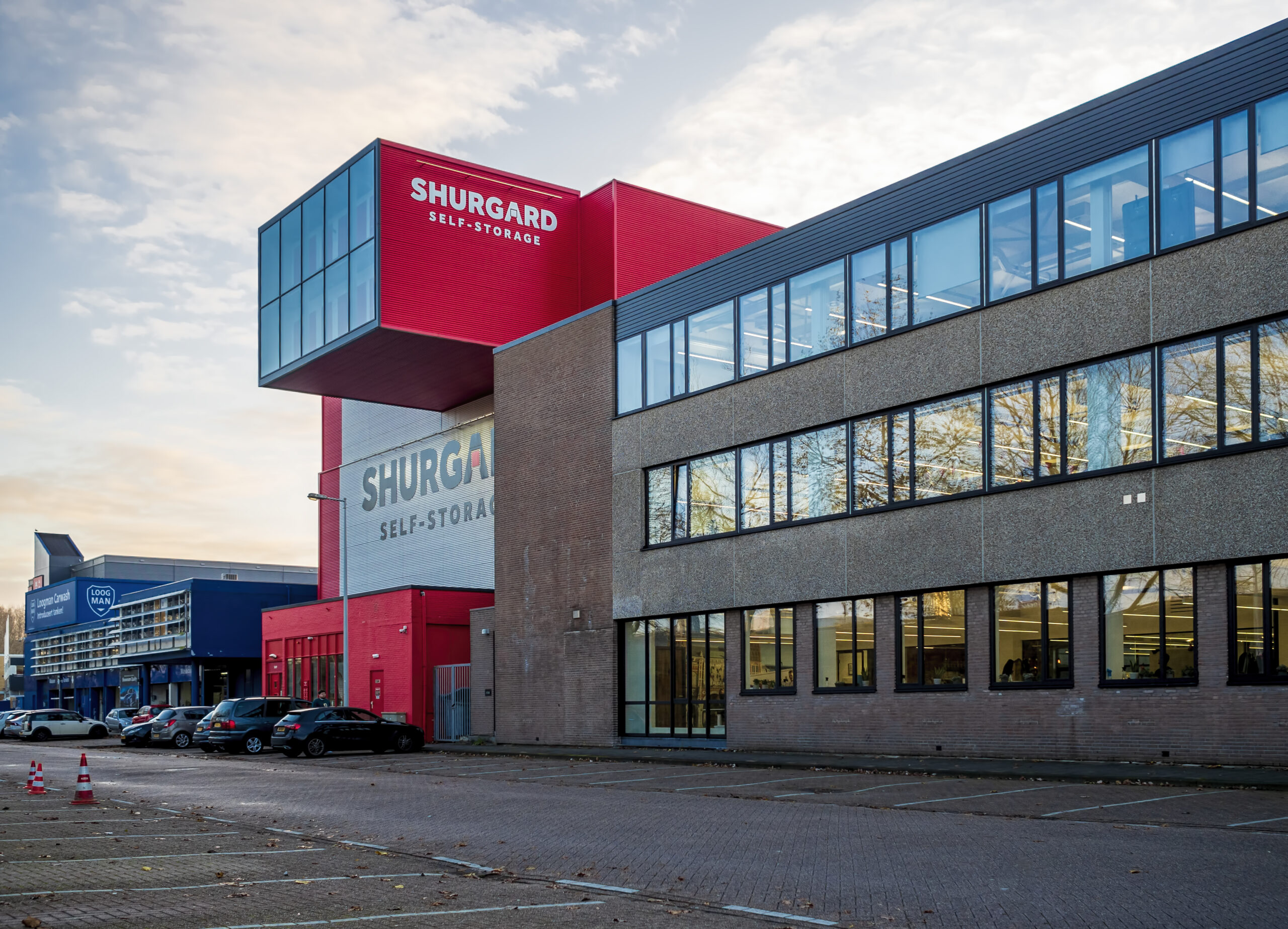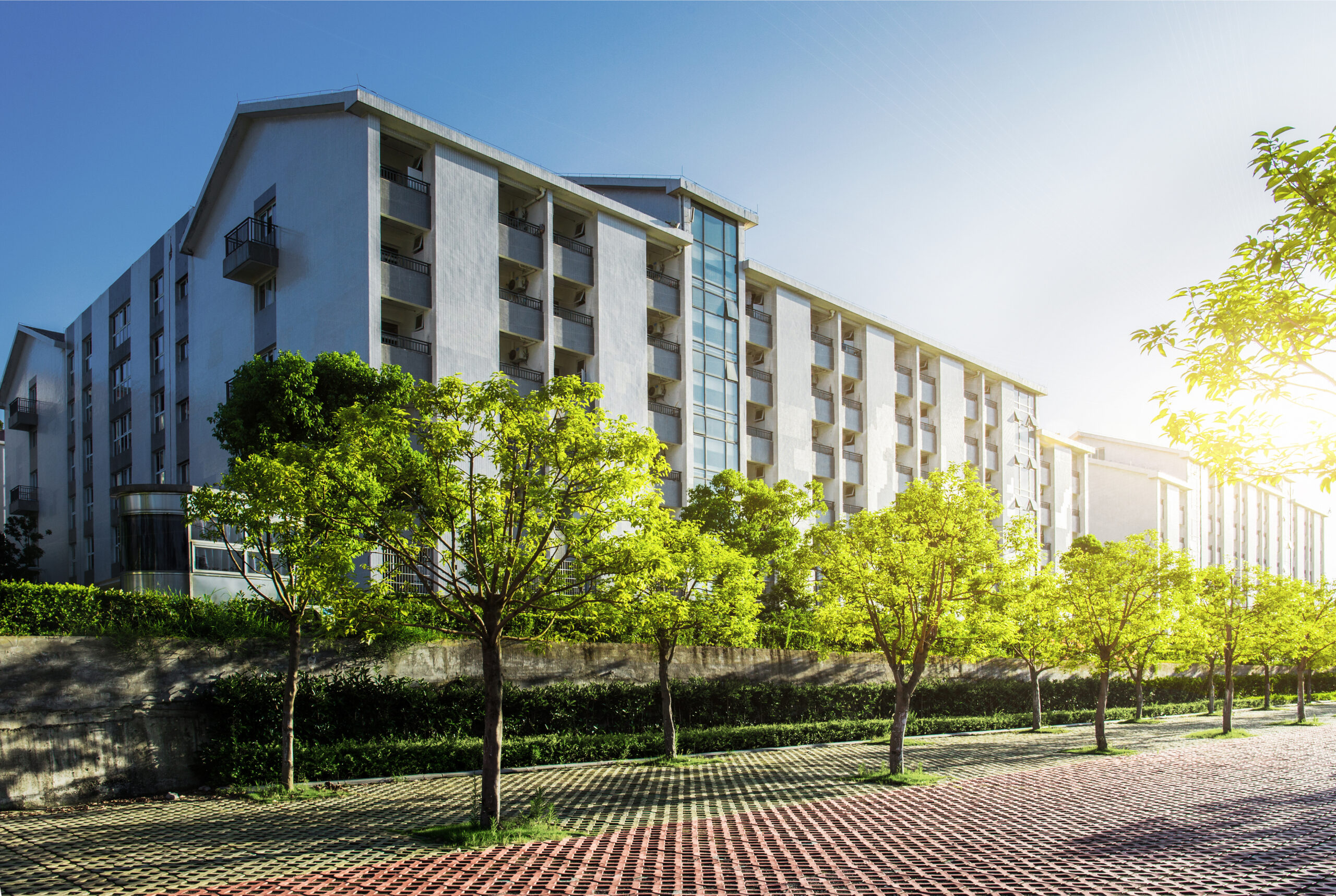Company News: Green Street Celebrates 40th Anniversary And Builds Global Momentum
Thought Leadership
Market insights that move the industry
Explore expert commentary and insights, blogs, reports, and news—curated by Green Street’s
top minds in real assets and trusted by leading industry professionals.
top minds in real assets and trusted by leading industry professionals.
-
InfrastructureThe first half of 2025 saw a decrease in North America’s infrastructure finance activity compared to 2024, with transaction activity led by the oil and gas, telecoms, and power sectors. According to IJGlobal data – at the time of publication, but subject to change as more data becomes available – the value of infrastructure finance […]August 20, 2025
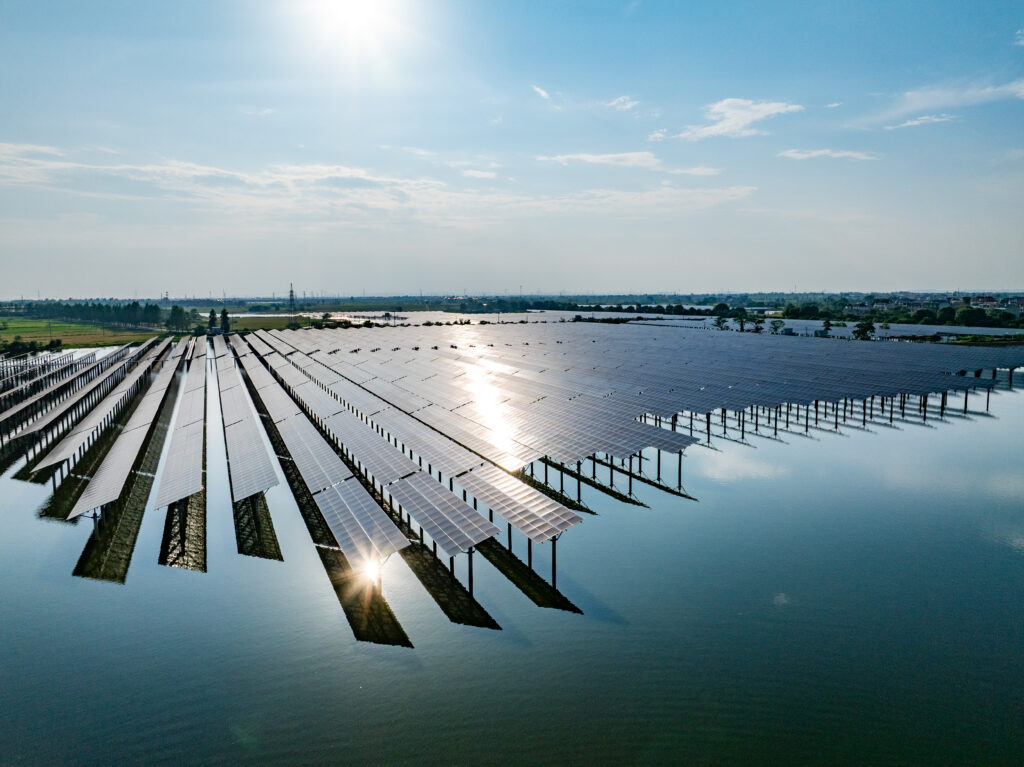
-
InfrastructureEurope saw a downward trend in infrastructure finance activity in the first half of 2025 amid global uncertainty, with transaction activity led by the renewable energy and transport sectors. According to IJGlobal Data – accurate at the time of publication, but subject to change as more data become available – infra finance transactions decreased by […]August 20, 2025

-
InfrastructureThe Asia Pacific region saw a decrease in infrastructure finance activity in the first half of 2025, when compared against the corresponding half from 2024. According to IJGlobal data – at the time of publication, but subject to change as more data become available – infrastructure finance decreased by 5.22% in H1 2025 with $125.26 […]August 13, 2025

-
InfrastructureThe first half of 2025 was marked by uncertainty, however, that turmoil did not deter the infrastructure fund community, with more funds reaching final close compared with years prior. With more than $112 billion already raised by infra managers across the globe to target debt and equity, 2025 is on track to eclipse previous years. […]August 13, 2025

-
InfrastructureFundraising within the infrastructure fund space was extremely active in the first half, with activity far outpacing that of years prior as infrastructure shows resilience against market turmoil, delivering investors consistent returns in uncertain times. IJGlobal tracks key market indicators across fundraising and M&A activity that shine a light on performance, identifying trends as the […]August 13, 2025

-
InfrastructureInfrastructure finance was down in the first half of 2025, compared with previous years, continuing a downward trend. In a first half marred by economic and geopolitical uncertainty, global infra finance decreased 18.97%, to $916.89 billion, compared to the $1.13 trillion recorded in H1 2024. In a first half that can be described as globally […]August 13, 2025

-
United StatesPrice Appreciation Remains Subdued Newport Beach, CA, August 6, 2025 — The Green Street Commercial Property Price Index® decreased 0.1% in July. Over the past twelve months, the all-property index has increased 3.2%. “High interest rates and economic uncertainty—it’s been one or the other this year, and often both—have kept a lid on property pricing,” […]August 1, 2025

-
United StatesElevated Rates Stifle Price Gains Newport Beach, CA, July 7, 2025 — The Green Street Commercial Property Price Index® was unchanged in June. Over the past twelve months, the all-property index has increased 3.4%. “Property pricing hasn’t changed much this year,” said Peter Rothemund, Co-Head of Strategic Research at Green Street. “Interest rates remain elevated, […]July 1, 2025

-
EuropeBusiness As Usual The Green Street Commercial Property Price Index, which measures pricing of a broad swathe of European commercial properties, trended higher in the first half of ’25, despite the uninterrupted noise on the macro front. Industrial, residential, and data centre assets keep outperforming, climbing more than one percent, thanks to gradual income growth. […]July 1, 2025

-
United StatesProperty Pricing Holding Firm Newport Beach, CA, June 5, 2025 — The Green Street Commercial Property Price Index® increased 0.6% in May. Over the past twelve months, the all-property index has increased 4.1%. “Despite the volatility over the past couple of months, the bid for commercial properties has remained firm,” said Peter Rothemund, Co-Head of […]June 1, 2025
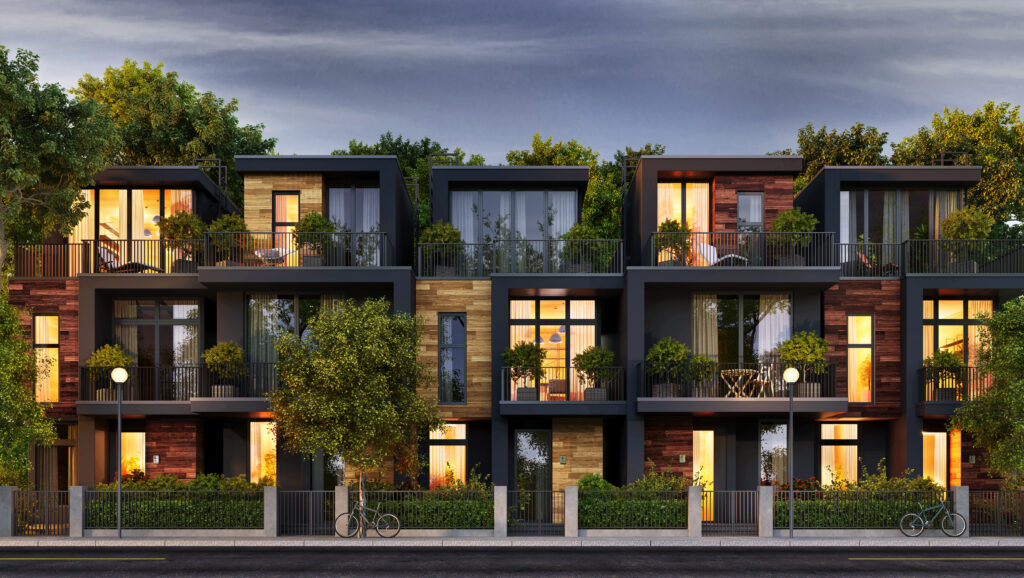
-
United StatesWaiting for Price Discovery Newport Beach, CA, May 6, 2025 — The Green Street Commercial Property Price Index® decreased 0.5% in April. Over the past twelve months, the all-property index has increased 4.3%. “It’s too early to say how much the events of the past month are impacting property prices,” said Peter Rothemund, Co-Head of […]May 1, 2025
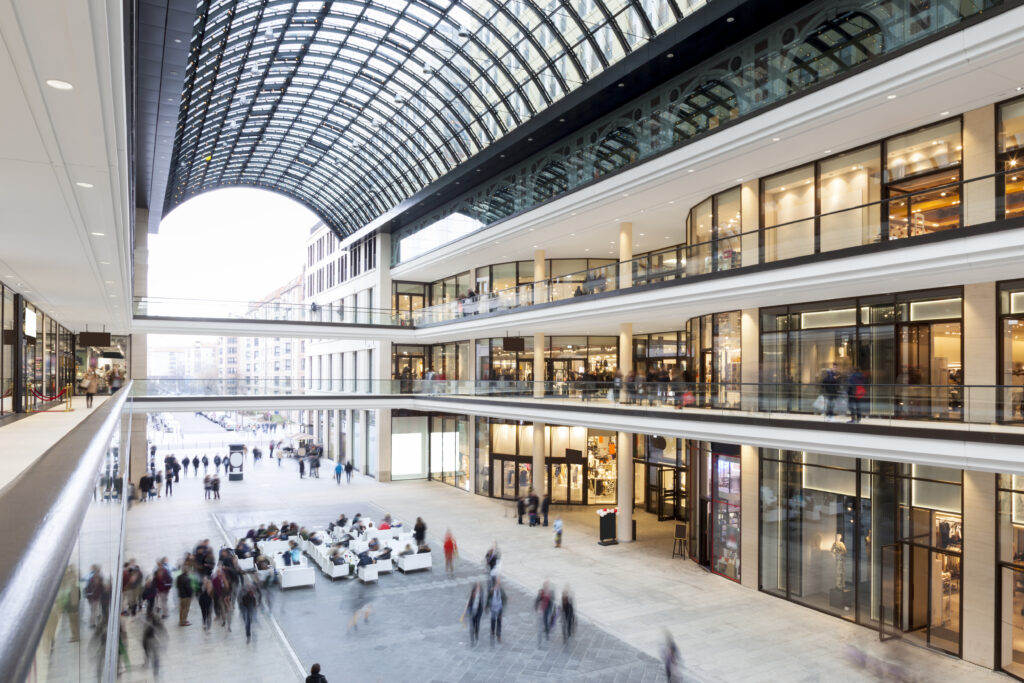
-
United StatesProperty Pricing Essentially Unchanged in 1Q Newport Beach, CA, April 4, 2025 — The Green Street Commercial Property Price Index® increased 0.3% in March. Over the past twelve months, the all-property index has increased 4.9%. “Property pricing has been stable this year, but the sell-off in the stock market is ominous,” said Peter Rothemund, Co-Head […]April 1, 2025

BEYOND JUST DATA
Smarter decisions start with sharper insights.
FORWARD-LOOKING INSIGHT & INTELLIGENCE
Stay ahead with expert content that fuels strategy
150+
Blogs
90+
Featured Reports
16+
Topics

RECENT POSTS
Trending insights from our analysts
Latest blogs, news, and reports
Browse the latest content for timely insights that sharpen strategies and deepen industry expertise
Press & news room
Keep up with every Green Street move on product updates, new releases, and more
Our latest blogs & articles
Keeping you informed with best practices, expert insights, and latest trend analyses.
-
Across the retail property sector, the primary factor in calculating the financial return of an asset is its rental income. Therefore, gaining a detailed view and understanding of the potential risk to total income is vital when evaluating tenants within a portfolio. Why Is Measuring Risk Important to Retail Investors? The UK retail sector has been […]August 12, 2025
-
Proven and trusted in the U.S., Green Street’s Trade Area Power (TAP) Scores have become a go-to benchmark for assessing the local demographic strength of an asset, with TAP scores referenced in our research notes widely to support analysis of assets. Now, this powerful tool is set to launch in the UK, within Retail Analytics […]July 30, 2025
-
Over the course of 2024, Green Street have seen that investment activity in the retail sector is gaining significant momentum. Last week, PwC published their bi-annual report, featuring proprietary data from Green Street, highlighting the positive shift in retail through the latest openings and closures of chain stores, leisure venues, and service outlets across Great […]March 27, 2025
-
In light of the recent news that Prada has acquired the building housing its flagship Miu Miu store on New Bond Street for approximately £250 million, we take a closer look at the historical retail landscape of this iconic shopping destination and explore how it compares to other leading luxury retail hubs across Europe. Luxury […]March 13, 2025
-
Estimating the total retail floorspace across Great Britain has long been a complex challenge for stakeholders in the retail property sector. However, Green Street, following its acquisition of LDC’s granular POI dataset, has harnessed cutting-edge data science and analytical capabilities to model floorspace across 700,000 plus retail units across GB. This landmark development provides new […]March 13, 2025
-
The narrative around brick & mortar retail has changed dramatically over the last few years, particularly relative to the outright negativity from the late 2010s. At the time, mounting concerns that ecommerce would quickly dominate the retail industry – compounded by high-profile bankruptcies such as that of Toys R Us or Sports Authority – prompted […]December 10, 2024
-
The industrial sector and office sector have both seen significant flux in the past year. In a global macroeconomic environment filled with shifting trends and difficult lending policies, the commercial real estate (CRE) market is filled with market participants hunting for every opportunity they can find. In the UK specifically, this – along with shifting […]August 12, 2024
-
Demand negatively surprised for the Industrial sector in 1Q24 for many reasons, but primarily for the warehouse inventory issues related to real retail sales drops. This is hardly good news for rent growth projections looking into the coming quarters – and likely into ’25. In fact, Green Street has adjusted our fundamental outlook for the […]June 12, 2024
-
Recent ESG changes – and changes in Nature in general – have been challenging the Industrial sector in certain states. But, always known for its toughness and tenacity, Texas is rising above the rest and showing multiple markets with promising growth. Despite these ESG regulations limiting performance in multiple commercial real estate sectors, the Longhorn […]May 20, 2024
-
There is a myriad of different levels and layers of data that go into commercial real estate analysis – almost too many if you’re looking to insert the value of international data in CRE. But rest assured, even on the smallest scale, international data can play a significant role. Depending on your individual goals, data […]May 15, 2024
-
After the past few years of choppy waters through volatile market shifts, we’re seeing a nice change of pace versus the tail end of 2023 in our latest Pan-European Commercial Property Outlook. In this blog, we’ll be running through the major insights we shared in our Pan-European Commercial Property Outlook webinar and maybe giving a […]May 14, 2024
-
Perspectives on Germany’s nuclear backout and its effects in real estate + larger implications Energy policy in Germany may be providing insight into the importance of nuclear power, and energy’s effect in real estate in general. New Green Street data delivers insights on Germany’s 2002 commitment to move away from nuclear power and the quick […]April 1, 2024
-
It’s been an eventful year for CRE players. Downward pressure on prices among many other micro factors all sit against an economic backdrop filled with uncertainty. To help you navigate this evolving market environment and capitalize on opportunities, please enjoy our annual Green Street Year in Review, which includes valuable forward-looking insight from Director of […]December 18, 2023
-
Below are excerpts of three Green Street Research Reports that piqued the interest of our readers in 2023 July. CTP (CTP): Gateway to Central and Eastern Europe 18 July 2023 In Mid-July, Green Street reached a milestone of 50 Listed PropCos under coverage after announcing that the firm initiated coverage of CTP (CTP), a €13bn-GAV […]August 3, 2023
-
Green Street recently hosted a webinar with Scott Rechler, CEO and Chairman of RXR Realty (a large private investor/operator), as part of its Industry Leaders series. Mr. Rechler is a highly respected executive and provides thoughtful commentary on several important topics. The conversation primarily focused on his views/outlook for New York office fundamentals and capital […]May 30, 2023
-
From September 2007 to March 2009, which marked the peak-to-trough property pricing movement during the Global Financial Crisis (‘GFC’), Green Street’s Commercial Property Price Index (CPPI) fell by a cumulative 18% in Europe. During the same period, cumulative inflation totalled 4%. Since the most recent peak in real estate pricing exactly 12 months ago (i.e., […]May 17, 2023
-
The steep rise in interest rates during 2022 resulted in unprecedented levels of volatility in the unsecured bond and CMBS markets, resulting in reduced capital availability in those segments which pushed commercial real estate borrowers towards bank term loans. Even seasoned unsecured bond issuers (e.g., REITs like STOR, SRC) turned to the bank term loan […]May 17, 2023
-
The article below was published in the May 2 issue of Real Estate Alert. Bad debt on bank balance sheets ticked down again in 2022, but the data belies a wave of loans maturing this year that could translate to distressed offerings for equity buyers. Just $10.4 billion of commercial, multifamily and construction/land loans held […]May 16, 2023
In a fast-moving market, timely insight is key. Stay informed with Green Street’s expert takes and stay armed for an agile market.

